Thanks in part to the research and development of the electric car industry, there has been rapid improvement in energy storage technology in recent years and the economic viability of batteries for use in buildings is also improving.
While batteries can store the energy from any source, they are gaining the most attention of those in the architecture, engineering and construction industry using renewable energy resources for their buildings and wishing to offset the limitations of these sources.
Inconsistent breezes and sunlight limit the usefulness of two of our most popular renewable energy generators, wind and solar, so energy storage technology, which can store energy for use at different times, is becoming an increasingly popular solution to this problem.
Battery manufacturers have caught on and are thus tailoring their product to the relatively new hybrid solar market which, in Australia, generally comes about by combining a typical grid-connected PV system with batteries.
But not all batteries are created equal, or the same. So whether it’s for a residential or commercial application, when selecting a battery, designers need to consider the application of the system and its requirements. A general rule is that you install a kW of solar PV for every kWhr you want to store, for example 10kW PV array for 10kWhr storage, however there are other considerations.
EcoElectric, a provider of licensed electrical contractor services, recommends considering these factors before specifying:
Peak Draw: The highest amount of power you expect to draw at any one time
Storage Capacity: This amount of electricity you need for overnight use and, very importantly, the capacity you need to power your building for full days where no solar energy is coming in.
Battery Lifespan: There are a lot of battery technologies available on the market with massive differences in performance and price. If you’re only using the battery as a backup then the number of discharges your battery has in its life cycle is less important. However, if the battery will be used every day then its depth of discharge and the amount of times it can discharge before it loses capacity or fails is important.
Battery type is also important and should be specified according to use. Lithium Ion batteries are light, compact, quick to charge and affordable but most won’t discharge to 100 per cent or perform as many full battery discharges as hybrid ion or zinc-bromide batteries. Whether you’re using the battery as a backup or for daily use, there is now a huge range of products that will suit your needs.
Here are eight products available, or soon to be available, to the Australian market:
1. Tesla Powerwall
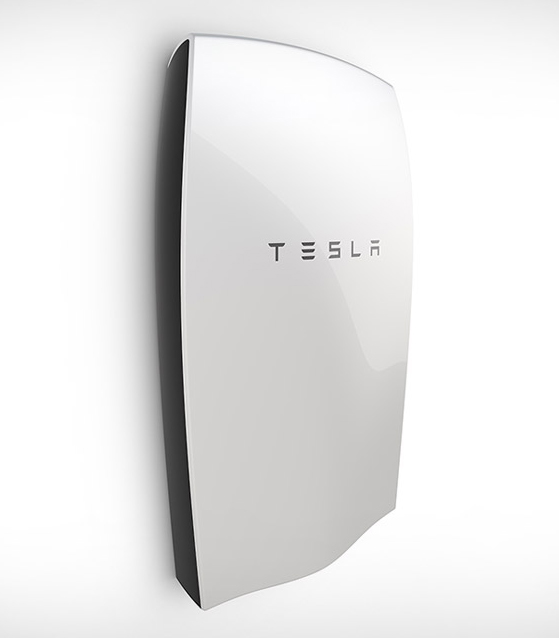 Peak draw: 7 kW
Peak draw: 7 kW
Capacity: 7 kWh (daily cycle)
Lifespan: 10 years
The much anticipated Tesla Powerwall begins shipping to Australia in late 2015. It comes in 10 kWh weekly cycle (backup) and 7 kWh daily cycle models, both guaranteed for ten years and sufficient to power most homes during peak evening hours. Multiple batteries may be installed together for homes with greater energy need, up to 90 kWh total for the 10 kWh battery and 63 kWh total for the 7 kWh battery.
2. PowerLegato 7200/4800/2400
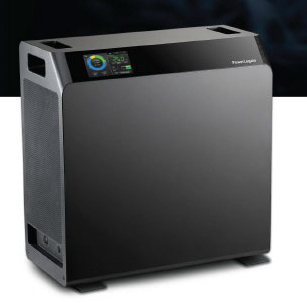 Peak Output: 4.5 kW
Peak Output: 4.5 kW
Capacity: 7.2/4.8/24 kWh
Lifespan: Unknown
The PowerLegato commercial and home energy storage system is available in 7.2, 4.8 and 2.4 kWh models. The PowerLegato’s 48v lithium-ion batteries are made in Japan and feature over current, over temperature, over voltage and undervoltage protection which prolongs their battery life. The biggest advantage of the PowerLegato over the Tesla Powerwall for example is that it comes with an inbuilt inverter – so you can plug your panels (although only certain panels) direct into the unit.
3. Redflow ZBM
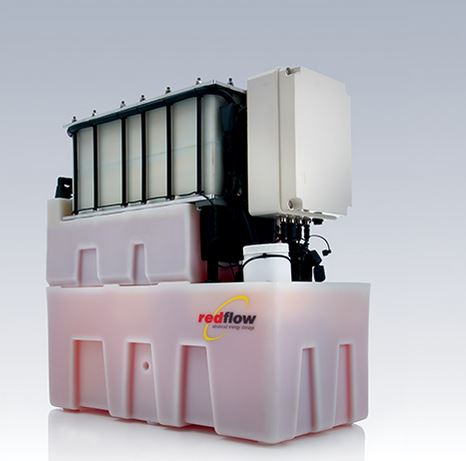 Peak: 5kW
Peak: 5kW
Capacity: 10kWh
Lifespan: indefinite life fully discharged
ZBM stands for Zinc-bromide Battery Module. Known as 'flow' batteries, they "undergo a great deal less electrode damage than lead-acid batteries" and have a guaranteed indefinite life. The ZBMs come in three models, or alternatively can be used in conjunction in a plug-and-play storage system delivered in a 10 or 20ft container. They are an option for commercial projects and can reach high peak loads.
4. Samsung ESS 3.6kWhr | 5kW Energy Storage System
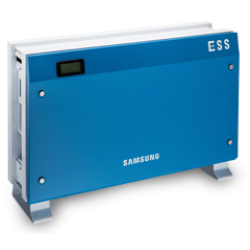 Peak Output: 5.0 kW
Peak Output: 5.0 kW
Capacity: 3.6 kWh
Lifespan: 10 years, 6,000 battery cycles
Samsung entrance into the energy storage foray is a unit capable of inverting 5kW of solar PV into 3.6kWhr of batteries. Samsung also offer a 5.8kWhr standalone battery pack to further expand the system thereby offering better storage options for the domestic market.
5. Sunny Boy 3600 / 5000 Smart Energy
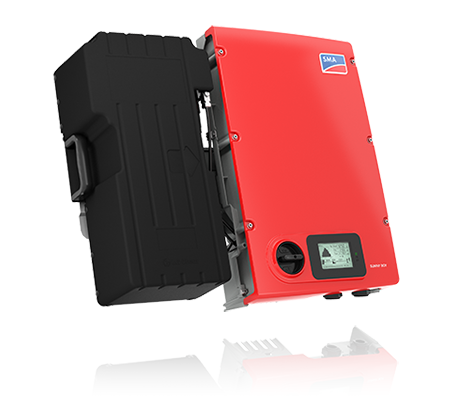 Peak Output: 2 kW
Peak Output: 2 kW
Capacity: 2 kWh
Lifespan: 4,100 battery cycles
The Sunny Boy Smart Energy is an easy solution for typical residential PV applications. It combines a modern PV inverter and a battery with an effective capacity of 2 kWh and is the first wall-mountable, series-produced PV inverter to feature an integrated lithium-ion battery. Additionally, the integrated Webconnect function provides worldwide access to consumption and yield data via Sunny Portal.
6. Schneider Electric Hybrid System
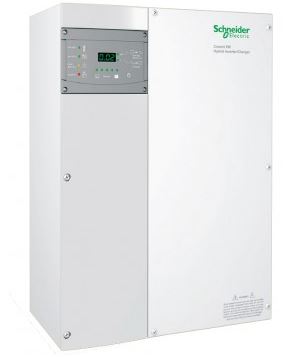 Peak Output: 8.5kW Peak
Peak Output: 8.5kW Peak
Capacity: 12.6 kWhr
Warranty: 2 or 5 years
This base unit features an XW 8548E which is capable of putting out 6kW of continuous power with a staggering 8.5kW for 30 minutes or 12kW for 60 seconds. This makes the unit ideal for powering a large home, or can even cater for commercial applications.
7. SONY Fortelion Lithium battery modules
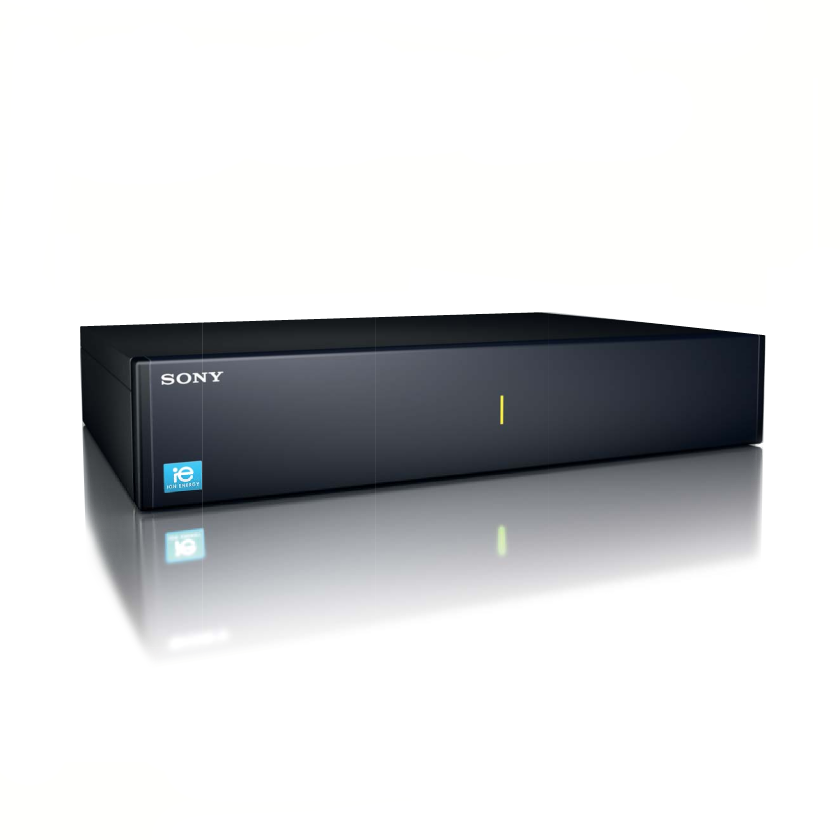 Peak: 2.5 kW
Peak: 2.5 kW
Storage Capacity: 1.2 kWh
Lifespan: 20 years
Sony’s olivine-type lithium-ion iron phosphate batteries will have a long useful life of 20 years when charged/discharged once daily at room temperature (23°C), thanks to their inherently superior properties. Furthermore, Sony has achieved a long-lasting charge/discharge cycle that does not depend on depth of discharge.
8. Bosch BPT-S 5 Hybrid
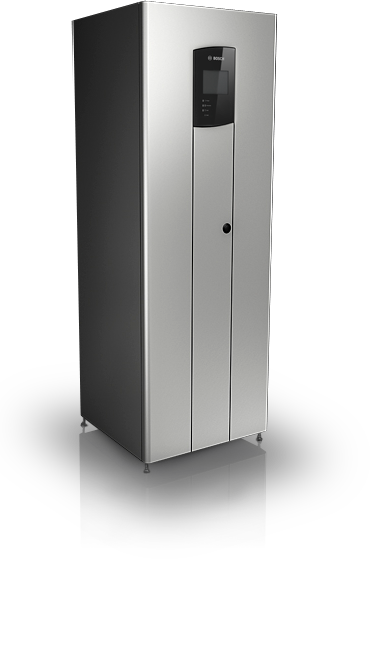 Peak: 5 kW
Peak: 5 kW
Storage: 13.2 kWh
Lifespan: 7,000 discharge cycles
Bosch’s BPT-S product is marketed on its quick charge and high storage capacity. It can charge in an hour of full sunshine and its largest model has a 13.2 kWh storage capacity. They also claim that it has a service life of at least 25 years.

